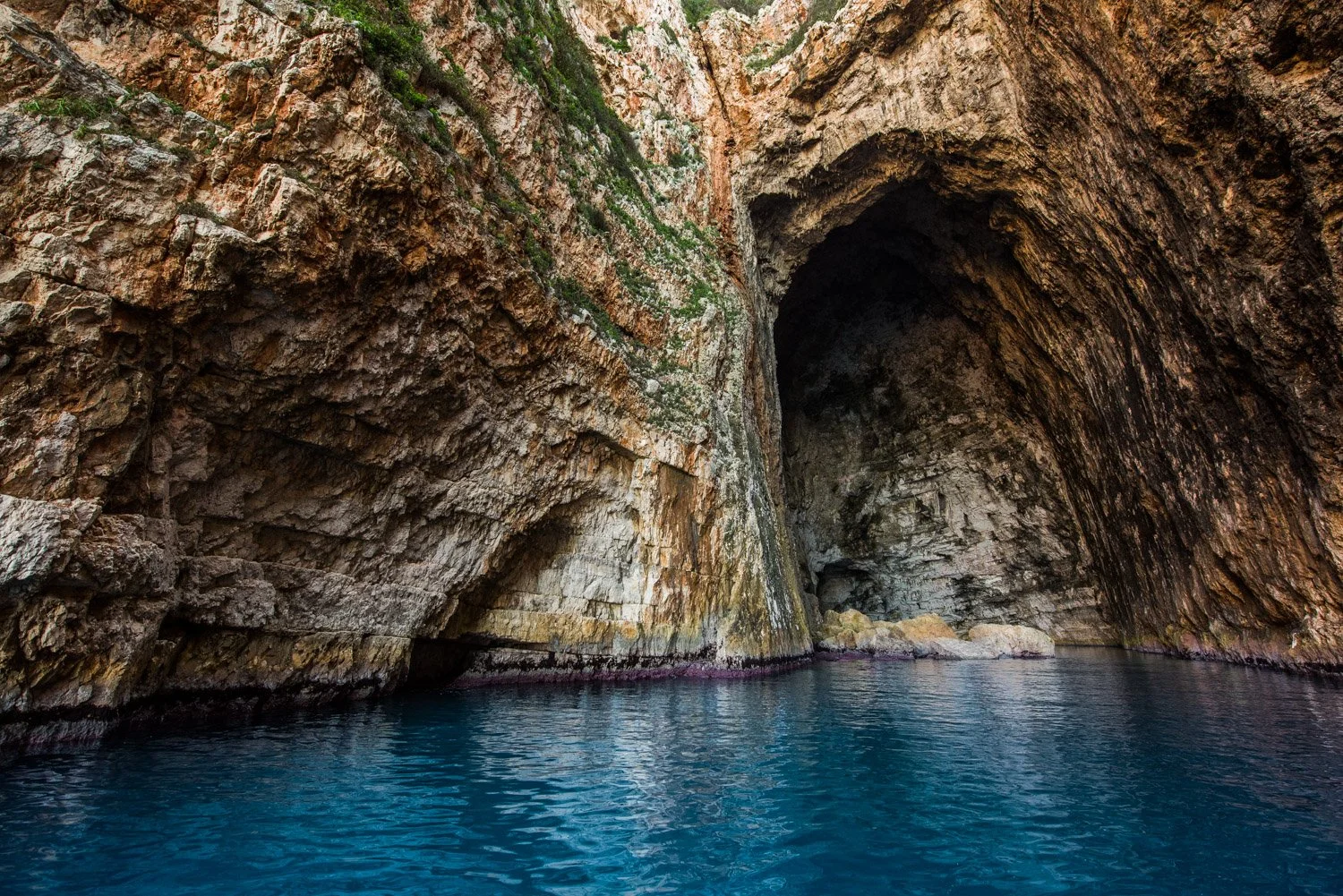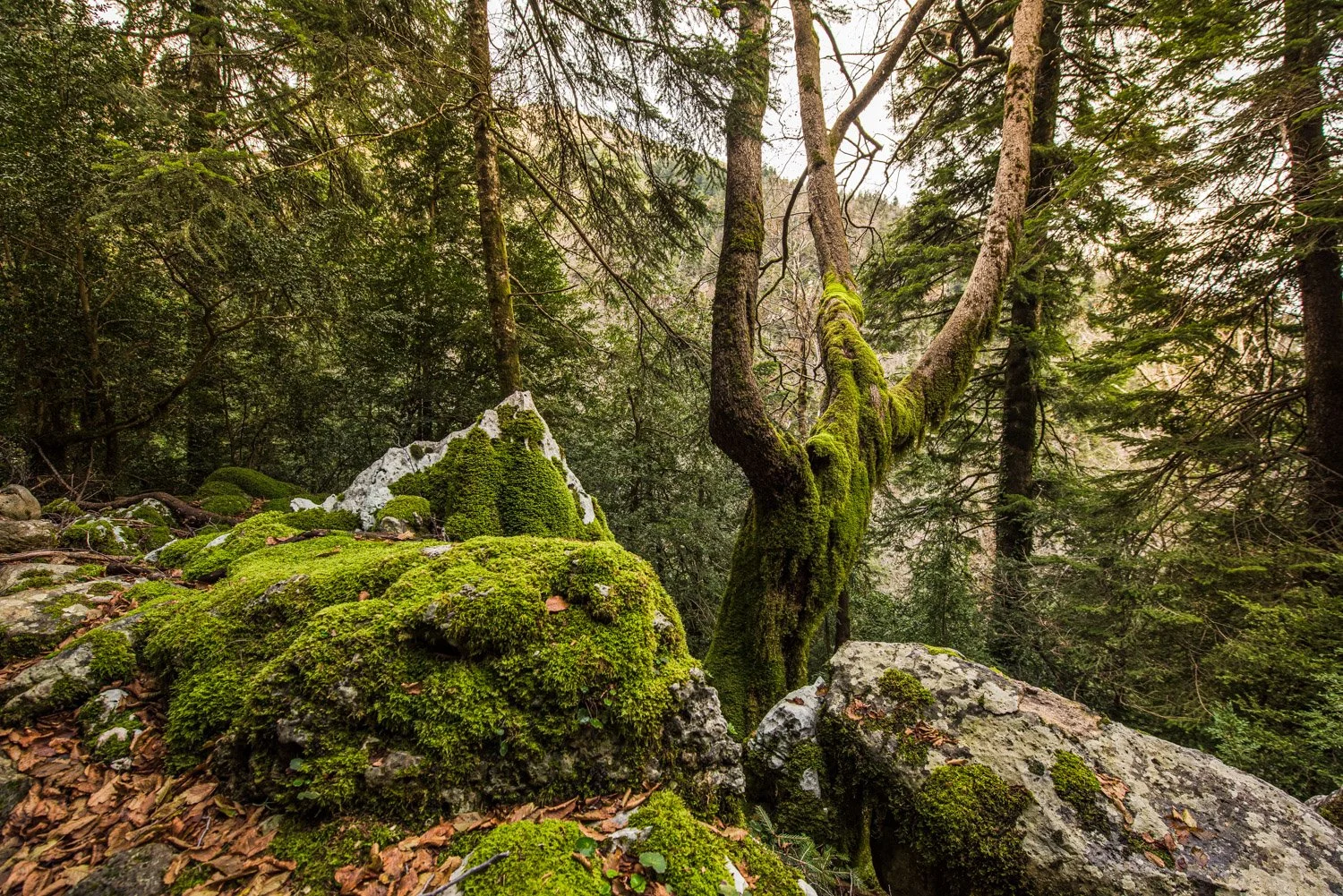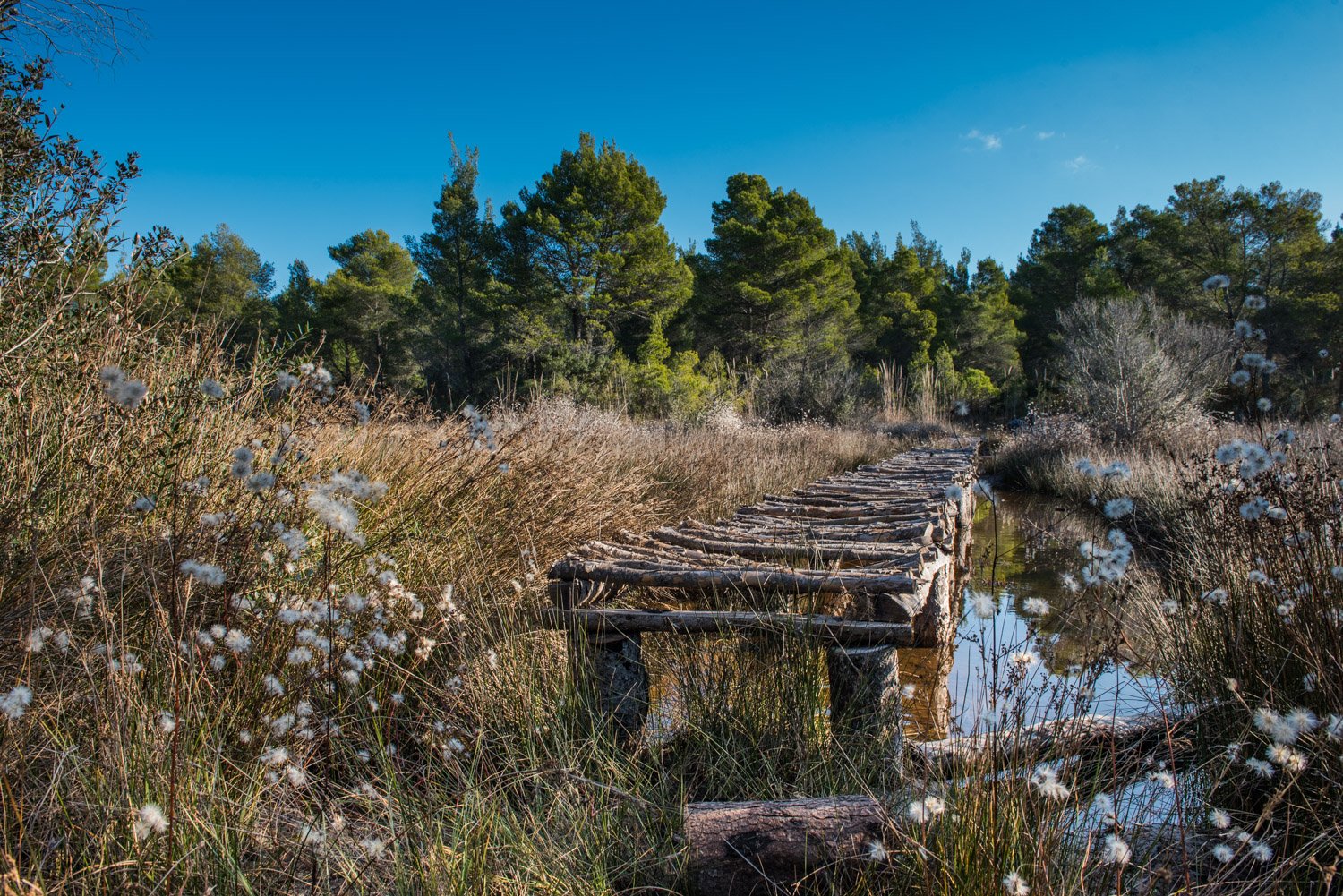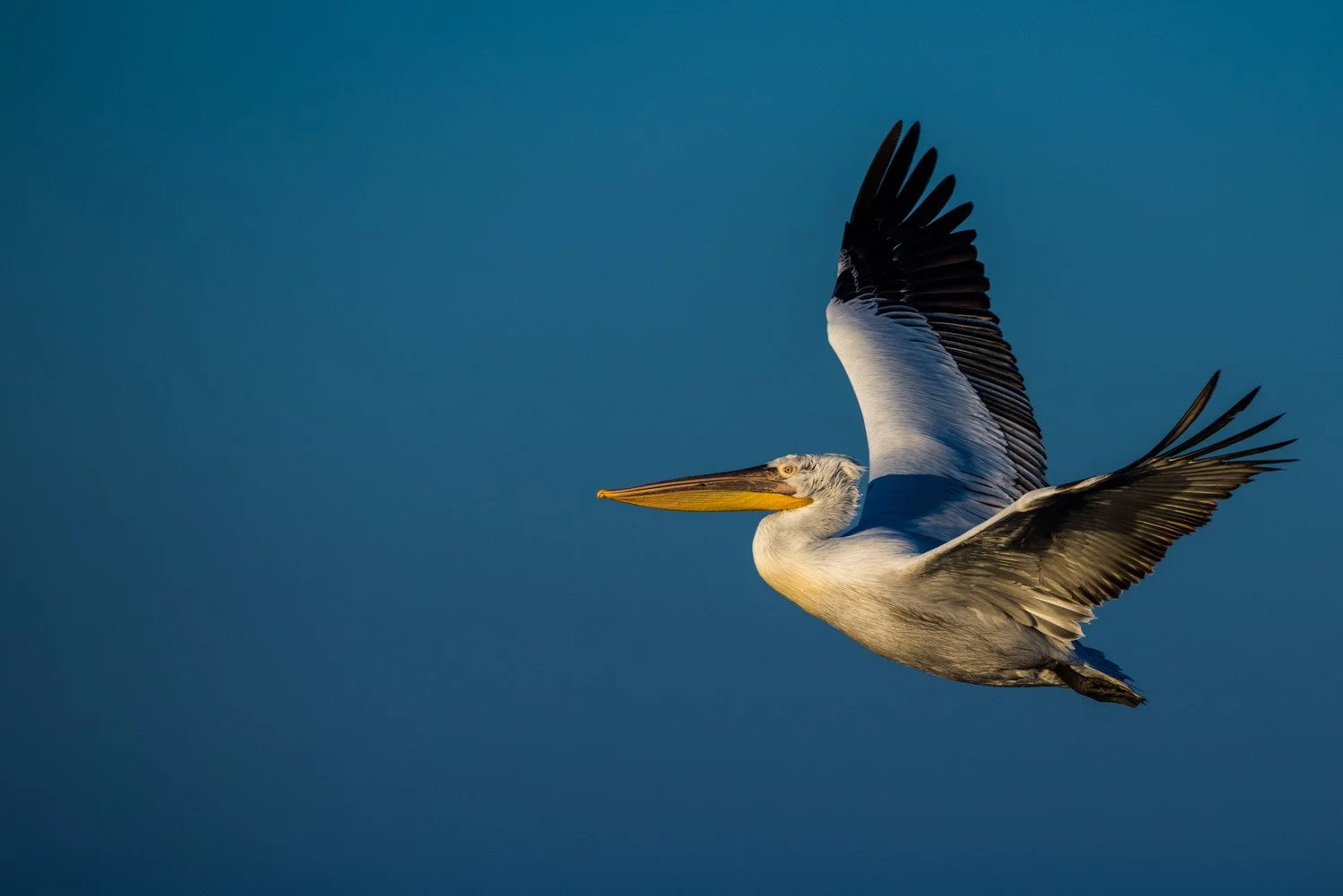2016 - Wild Albania
It's amazing how chance can lead to great things. For instance, a simple email requesting an image, an idea, or a proposal could result in an unexpected journey. This was the case for me in September 2016, when I received a request for an image of flamingos taken in Camargue. I couldn't help but wonder: "Why would someone want to use a photo taken in France to promote a Natural Area in Albania?" As it turned out, there were no photos available from Albania.
That's when inspiration struck. "I should go there to document that place!" I suggested.
Before I knew it, the idea became a reality. I embarked on my first trip and then a second, documenting the beauty of Albania's Natural Area along the way.
Project developed in partnership with IUCN.org
Narta Lagoon
Narta Lagoon (Albanian: Laguna e Nartës) is a captivating natural oasis situated in the southwestern region of Albania. The lagoon is home to numerous species of aquatic plants and animals, making it a perfect habitat for birdwatching enthusiasts who come to observe various bird species such as egrets, herons, and ducks. Flanked by lush green vegetation and surrounded by the snow-capped mountains, Narta Lagoon offers a peaceful and serene environment. The crystal clear waters of the lagoon provide an idyllic spot for kayaking, fishing, and swimming, serving as a fantastic escape from the busy city life. The unmatched beauty and tranquility of Narta Lagoon make it one of the must-visit destinations for eco-tourism lovers and those who appreciate nature's beauty.
Bunker at Lagoon of Narta
Shell at Lagoon of Narta
Lagoon of Narta
Sunset at Lagoon of Narta
Gull at Lagoon of Narta
Dunes at Lagoon of Narta
Karaburun and Orikum Lagoon
The Karaburun Peninsula (Albanian: Gadishulli i Karaburunit) is a peninsula of the Mediterranean Sea located in Southern and Southeastern Europe, which is almost completely surrounded by both the Adriatic Sea to the north and the Ionian Sea to the south. It is located in Southwestern Albania along the Albanian Ionian Sea Coast, whereas the Strait of Otranto separates it from Italy. The Strait of Mezokanal separates the peninsula from Sazan Island, while in the southeast stretches the Bay of Vlorë.
Laguna e Pashalimanit
Karaburun view
Common Gull
Haxhi Alia Cave
Baci the guide
Grey Heron
Llogara National Park
The Llogara National Park (Albanian: Parku Kombëtar i Llogarasë) is a national park centered on the Ceraunian Mountains along the Albanian Riviera in Southwestern Albania, spanning an surface area of 1,010 ha (10.1 km2). The park’s terrain includes large alpine meadows, vertical rock faces, precipices and dense forests. The most area of land is covered by forests and was established in 1966 to protect several ecosystems and biodiversity of national importance. The International Union for Conservation of Nature (IUCN) has listed the park as Category II. The region has been recognised as an important Bird and Plant Area, because it support significant numbers of various bird and plant species.
Ivy
Mushroom on a tree
My guide and his mule
Forest of Llogara
Forest of Llogara
Forest of Llogara
Llogara
Sea view from Llogara
Moss of Llogara
Divjakë-Karavasta National Park
The Divjakë-Karavasta National Park (Albanian: Parku Kombëtar Divjakë-Karavasta) is a national park in western Albania, sprawling across the Myzeqe Plain in the direct proximity to the Adriatic Sea. The park spans a territory of 222.3 square kilometres (22,230 ha) containing remarkable features such as wetlands, salt marshes, coastal meadows, floodplains, woodlands, reed beds, forests and estuaries. The particular climate has favored the development of a vast array of floral and faunal species with an immense quality. In terms of biogeography, it falls entirely within the Illyrian deciduous forests terrestrial ecoregion of the Palearctic Mediterranean forests, woodlands, and scrub. The wealth of fauna is reflected in the list of many species and subspecies recorded to date, with 228 species of birds, 25 species of mammals, 29 species of reptiles and 29 species of amphibia. The park is mostly notable for featuring 5% of the world population of the globally endangered and extremely rare dalmatian pelican.
Lagoon of Divjakë
Dalmatian pelican
Hooded crow
Greater flamingo
Great egret
Dalmatian pelican
Dalmatian pelican
Egret and gulls
Great egrets at sunset
Dalmatian pelicans at sunset
Sunset in Divjakë
Great egrets at sunset


































